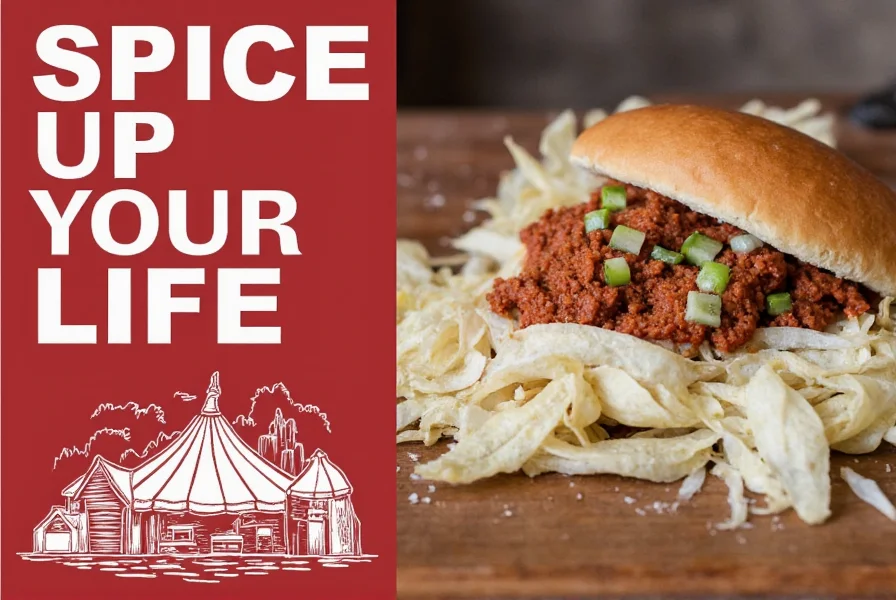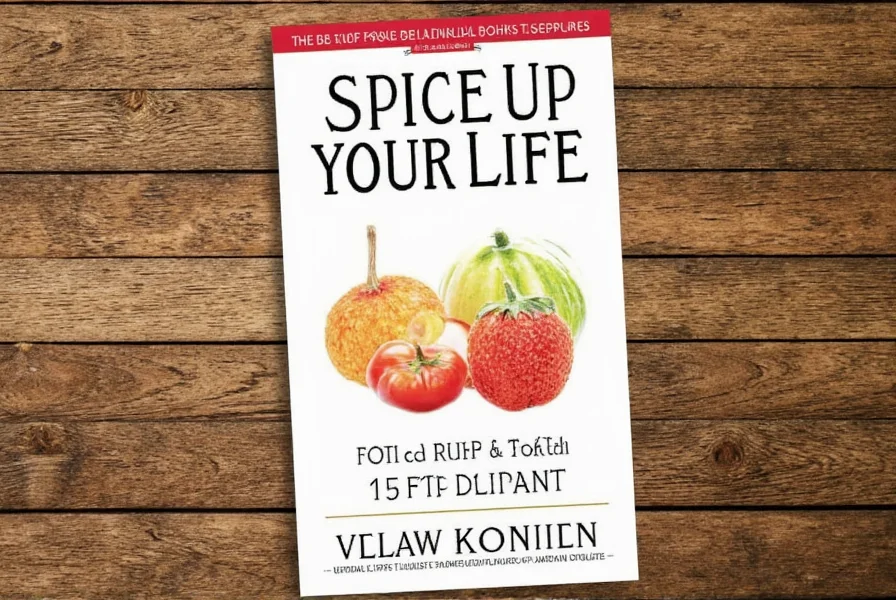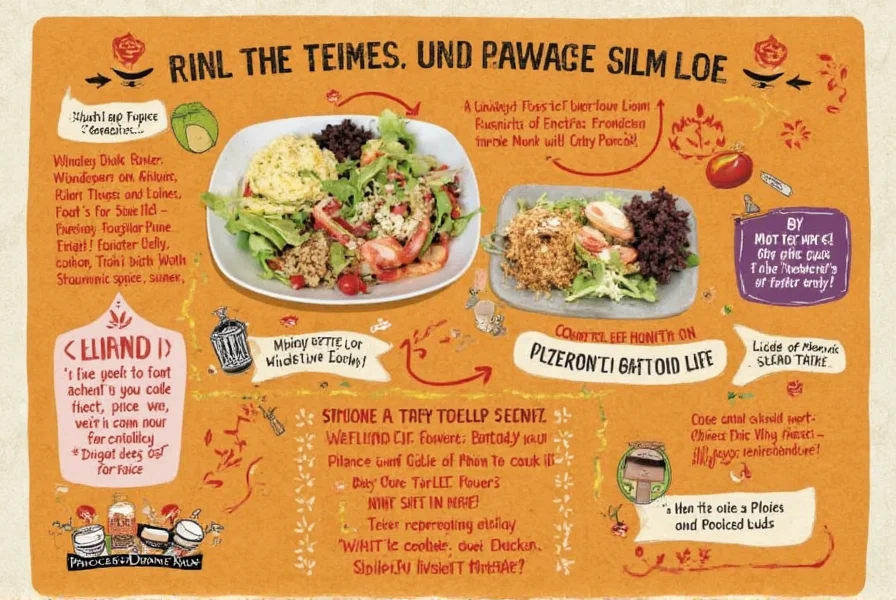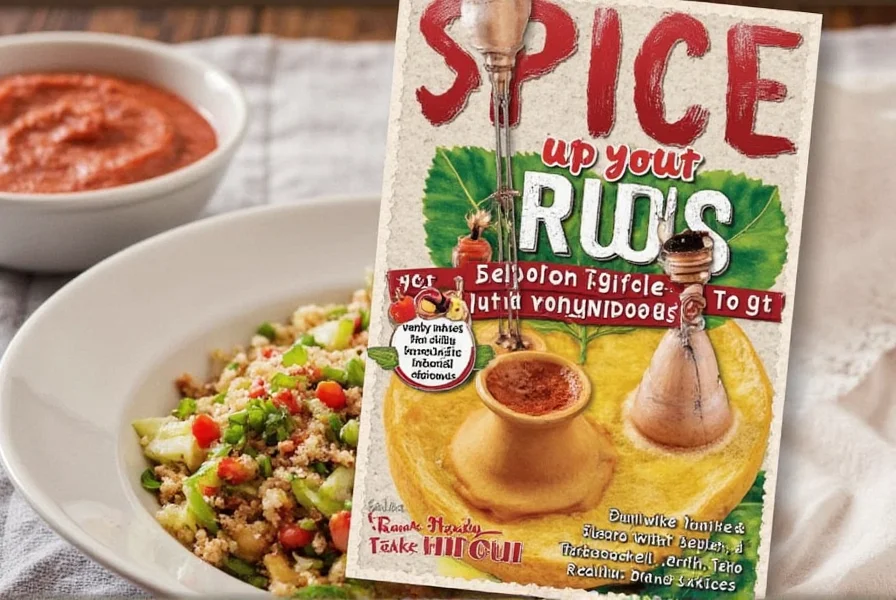Table of Contents
- What Are Global Spice Blends?
- Why Global Spice Blends Matter in Modern Cooking
- Top 5 Regions with Signature Spice Blends
- How to Use Global Spice Blends Like a Pro
- Create Your Own Regional Spice Blend at Home
- Buying Guide: Choosing Authentic Global Spice Blends
- Frequently Asked Questions About Global Spice Blends
- Final Thoughts: Embracing Global Flavors
What Are Global Spice Blends?
Global spice blends are carefully crafted mixtures of spices and herbs that capture the authentic flavors of specific regions around the world. These blends allow home cooks to easily recreate the tastes of international cuisines without needing to source individual spices.

Why Global Spice Blends Matter in Modern Cooking
In today's interconnected culinary world, global spice blends offer a reliable shortcut to authentic international flavors. They provide consistent taste profiles that reflect regional traditions, saving time while delivering complex flavors that would otherwise require extensive ingredient knowledge and preparation.
| Traditional Seasoning | Global Spice Blends |
|---|---|
| Mixing required | Ready to use |
| Limited flavor complexity | Balanced, layered taste |
| Time-consuming | Instant flavor boost |
Top 5 Regions with Signature Spice Blends
- Mexico: Chili powder, cumin, oregano, and garlic—essential for authentic tacos, enchiladas, and mole sauces.
- India: Garam masala (cinnamon, cardamom, cloves, and more)—the foundation for curries, tandoori dishes, and rice preparations.
- Thailand: Lemongrass, galangal, kaffir lime leaves, and chili—key ingredients in authentic Thai curries and stir-fries.
- Middle East: Za'atar (thyme, sesame seeds, sumac)—perfect for flatbreads, roasted vegetables, and dips like hummus.
- Caribbean: Jerk seasoning (allspice, scotch bonnet peppers, thyme)—the signature flavor for Jamaican jerk chicken and pork.

How to Use Global Spice Blends Like a Pro
- Choose the right base: Meats like chicken, pork, and beef absorb flavors best, but don't stop there—try them on tofu, roasted vegetables, or even popcorn!
- Rub generously: Use about 1 tablespoon per pound of meat and massage it in thoroughly for maximum flavor penetration.
- Let it rest: Allow seasoned meats to sit for 30 minutes before cooking to develop deeper flavor.
- Cook creatively: Grilling, smoking, baking, or pan-searing—each method enhances the rub's flavor profile differently.
- Pair wisely: Match the spice blend with complementary sides and sauces. Try Mexican spices with lime crema or Thai blends with coconut milk-based dishes.

Create Your Own Regional Spice Blend at Home
You don't need to buy commercial blends to experience authentic global flavors—making your own is simple and customizable.
Step-by-Step DIY Spice Blend Guide
- Pick a region: Choose a cuisine you love—like Mexican, Indian, or Thai—and research its key spices.
- Gather ingredients: Most blends include salt, sugar, herbs, spices, and aromatics. Start with small quantities to test flavors.
- Balance the five tastes: Salt, sweet, sour, bitter, umami—aim for harmony in your blend.
- Grind if needed: Whole spices should be ground for better adhesion and flavor release.
- Store properly: Keep your homemade blends in airtight containers away from light and heat to preserve freshness.

Buying Guide: Choosing Authentic Global Spice Blends
When purchasing commercial spice blends, look for these quality indicators:
Key Features to Look For
- Natural Ingredients: Avoid fillers and artificial additives—look for simple ingredient lists.
- Authentic Profile: Check if the blend matches traditional regional preparations.
- Versatility: Can it be used beyond one type of dish or protein?
- Shelf Life: Spices lose potency over time—look for packaging that preserves freshness.
- Ease of Use: Is it labeled clearly and easy to measure or sprinkle?
Trusted Brands and Products
| Product Name | Region | Key Ingredients | Best For | Suitable Occasions |
|---|---|---|---|---|
| McCormick Grill Mates Texas Rub | Mexico | Smoked paprika, brown sugar, garlic powder, onion powder, chili powder | Brisket, ribs, grilled vegetables | Summer cookouts, tailgates |
| Spice Islands Mexican Fiesta Seasoning | Mexico | Guajillo chili, lime zest, sea salt, cumin, cilantro | Fish tacos, grilled corn, guacamole | Weekend fiestas, Cinco de Mayo |
| McCormick Garam Masala | India | Cinnamon, cardamom, cloves, cumin, coriander | Chicken tikka, paneer, roasted cauliflower | Indian nights, cozy dinners |
| Penzeys Thai Curry Paste | Thailand | Lemongrass, galangal, kaffir lime leaves, chili | Seafood, stir-fries, curry paste bases | Asian-themed parties, weeknight meals |
| Spice Islands Mediterranean Blend | Middle East | Sumac, oregano, black pepper, red chili flakes | Lamb skewers, flatbreads, Greek salads | BBQ gatherings, holiday spreads |

Frequently Asked Questions About Global Spice Blends
What exactly are global spice blends and how do they differ from regular spice blends?
Global spice blends are region-specific mixtures of spices and herbs designed to replicate authentic international flavors. Unlike generic spice blends, they're formulated to match traditional regional preparations, often combining multiple spices in precise ratios that would be difficult to recreate individually. They're typically created by culinary experts who understand the authentic flavor profiles of specific cuisines.
How long do global spice blends stay fresh and maintain their flavor potency?
Most high-quality spice blends maintain peak flavor for 6-12 months when stored properly in airtight containers away from heat and direct sunlight. Ground spices begin to lose their volatile oils over time, which affects both aroma and taste. For best results, write the purchase date on your containers and replace them annually. You can test freshness by smelling the blend—if it has little to no aroma, it's time for a fresh batch.
Can global spice blends be used on vegetarian and vegan dishes?
Absolutely! While many blends were originally developed for meats, they work wonderfully on plant-based foods too. Try Mexican spices on roasted eggplant or zucchini, Thai blends on tofu or tempeh, or Middle Eastern blends on roasted chickpeas. For vegan applications, check if any blend contains animal products (some traditional blends might include shrimp powder or fish sauce powder, though many modern versions offer vegan alternatives).
Are global spice blends typically gluten-free and suitable for common dietary restrictions?
Most basic spice blends are naturally gluten-free as they consist primarily of spices, salt, and sugar. However, always check labels as some commercial blends might contain anti-caking agents or other additives that could introduce gluten. For those with specific dietary needs, many specialty brands now clearly label their products as gluten-free, vegan, or allergen-free. If you're making your own blends at home, you have complete control over the ingredients to match your dietary requirements.
How much spice blend should I apply to different types of food?
A good general rule is 1 tablespoon of blend per pound of meat or vegetables. For meats with higher fat content like pork or beef, you can be more generous (up to 1.5 tablespoons per pound). For delicate proteins like fish or chicken, use slightly less (about 2 teaspoons per pound). When seasoning vegetables, start with 1-2 teaspoons per pound and adjust to taste. Remember to massage the blend into the surface for better adhesion and flavor penetration.
Do I need to add additional salt when using global spice blends?
Most quality spice blends already contain an appropriate amount of salt, so additional salt is usually unnecessary. Many professional blends are formulated with the perfect salt-to-spice ratio for optimal flavor. If you're sensitive to sodium or watching your salt intake, look for "low-sodium" versions or make your own blends with reduced salt. When in doubt, taste your food before adding extra salt—remember you can always add more, but you can't take it away!
Which global spice blend is best for cooking beginners?
For beginners, we recommend starting with Mexican or Middle Eastern blends. These tend to be more forgiving and versatile, with familiar flavor profiles that are hard to overdo. Mexican blends' smoky-sweet profile works well with many proteins and vegetables, while Middle Eastern blends offer subtle herbal flavors that complement rather than overwhelm. Both are excellent entry points to exploring global flavors without being too adventurous for new palates.
Can global spice blends be used for purposes beyond seasoning food?
Definitely! Creative home cooks use spice blends in many unexpected ways. Try adding a teaspoon of Mexican blend to your guacamole for extra depth, mixing Middle Eastern blend into olive oil for dipping bread, or incorporating Thai blend into salad dressings. Some even use them to flavor popcorn, roasted nuts, or as a finishing touch on soups and stews. The key is to start with small amounts and adjust to your taste preferences.
Final Thoughts: Embracing Global Flavors
Global spice blends are more than a convenience—they're a doorway to culinary exploration. With just a shake or two, you can bring the flavors of Mexico, India, Thailand, the Middle East, and the Caribbean into your kitchen.
Whether you're a seasoned chef or a curious home cook, adding authentic global spice blends to your pantry can transform everyday meals into memorable feasts. So go ahead—grab a jar, spice up your next dish, and take your taste buds on a world tour without ever leaving your kitchen!












 浙公网安备
33010002000092号
浙公网安备
33010002000092号 浙B2-20120091-4
浙B2-20120091-4